5 tips for photographing summer fairs: What we can learn from Alfred Eisenstaedt
posted Thursday, August 16, 2012 at 9:40 AM EST
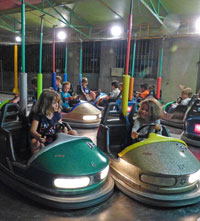 "Vegetables are interesting but lack a sense of purpose when unaccompanied by a good cut of meat." — Fran Lebowitz
"Vegetables are interesting but lack a sense of purpose when unaccompanied by a good cut of meat." — Fran Lebowitz
Great photos are often found in unusual of places and that was the experience of Life magazine photographer, Alfred Eisenstaedt. For nearly 36 years, "Eisie" was for one of Life’s staff photographers. In 1938, he was sent to a West Virginia County Fair to find a story and while photographing the prize winning "vegetables," Eisenstaedt photographed the "meat."
Or, as the Life magazine copywriters wrote in the story, "…their major preoccupation was bodies — human bodies, animals bodies, bodies that looked half-human, half-animal. The 'girlie' shows, which were hot and smutty, drew smaller audiences than the freaks from crowds made up of farmers, breeders and hillbillies."
You can see some of Eisenstaedt's striking photos of the county fair here.
Tips for shooting summer fairs today
We recently had a village fair and although we did not have a "girlie" show we did have an upscale disco night. Some of my photos from our fair are included in this post.
Fairs are wonderful places to shoot; between the lights, the shows and the crowd it is a colorful interface between urban and rural life. It's a reminder of our heritage as a farm-based nation.
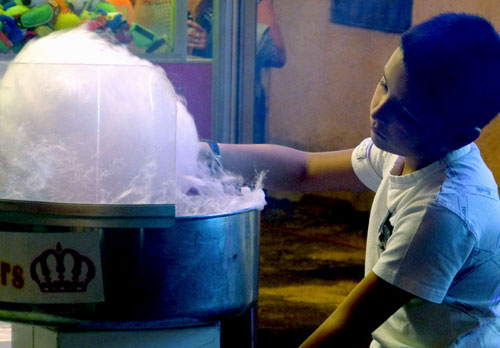
Today, as in Eisie's day, fairs are electric powered magical worlds, a dream for the young agriculturalists and a search for “authenticity” by urban types.
1) Light & color
What I especially like at the Fairs is the light and the color. For the best color I like to shoot just before or after sunset, when there is still a little light in the sky and the fairground lights are brightly shining.
2) Experiment with exposure
Fairs are a good place to experiment with long time exposure; you know the kind where a Ferris wheel turns into a whirlpool of color. To get these images, I use ISO 400 or higher and set the camera to at least 1/2 second (or slower) in the S (shutter-priority) mode.
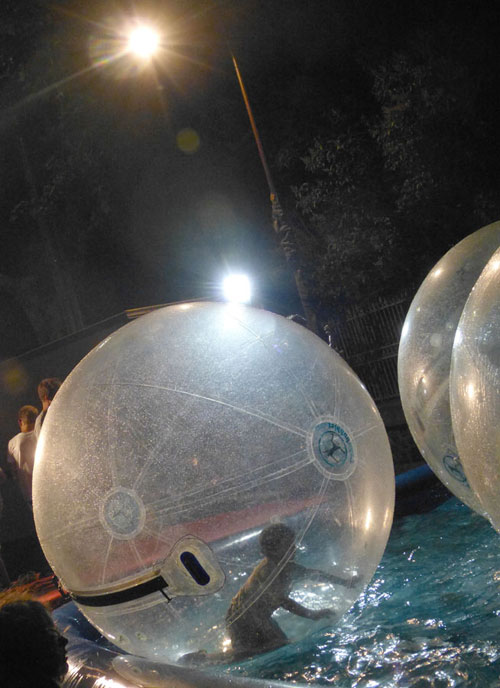
3) Frame the subject
Carefully frame the subject, like a Ferris wheel or rollercoaster, and always leave a little extra room in the frame for the bleeding of the light trails.
4) Brace yourself
Then with the camera braced against a tree, a fence or perhaps placed on a tripod if there is one, take a few frames. Check the images on the LCD screen and take a few more, varying the exposure times to see how they change the light trails.
5) Follow the crowd
For the editors of Life, it was not the lights and the fun that caught their attention but the contrast between the "urban sophisticates" crowd and the "rustic" types.
According to the article, "only a few city people were present, although some urban sophisticates have discovered the county fair and are beginning to make America’s great harvest-time diversion a city-folk fad."
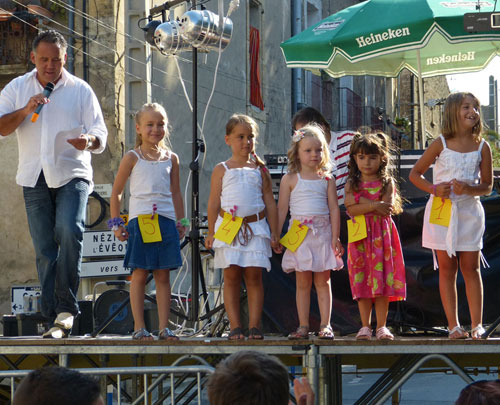
For me, "a city-folk fad" is a very peculiar term to use. Many people who attend county and state fairs these days are the children and grandchildren of rural Midwesterners who fled the Dust Bowl in the '30s or of Eastern European peasant immigrants who ran from the Nazis.
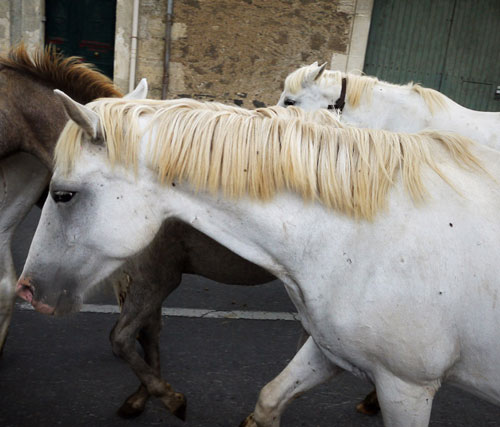
Perhaps rather than going to the county fair to gawk at the "rustic types," many of us just want to be somewhere for awhile that reminds us of a world our families left far behind them.